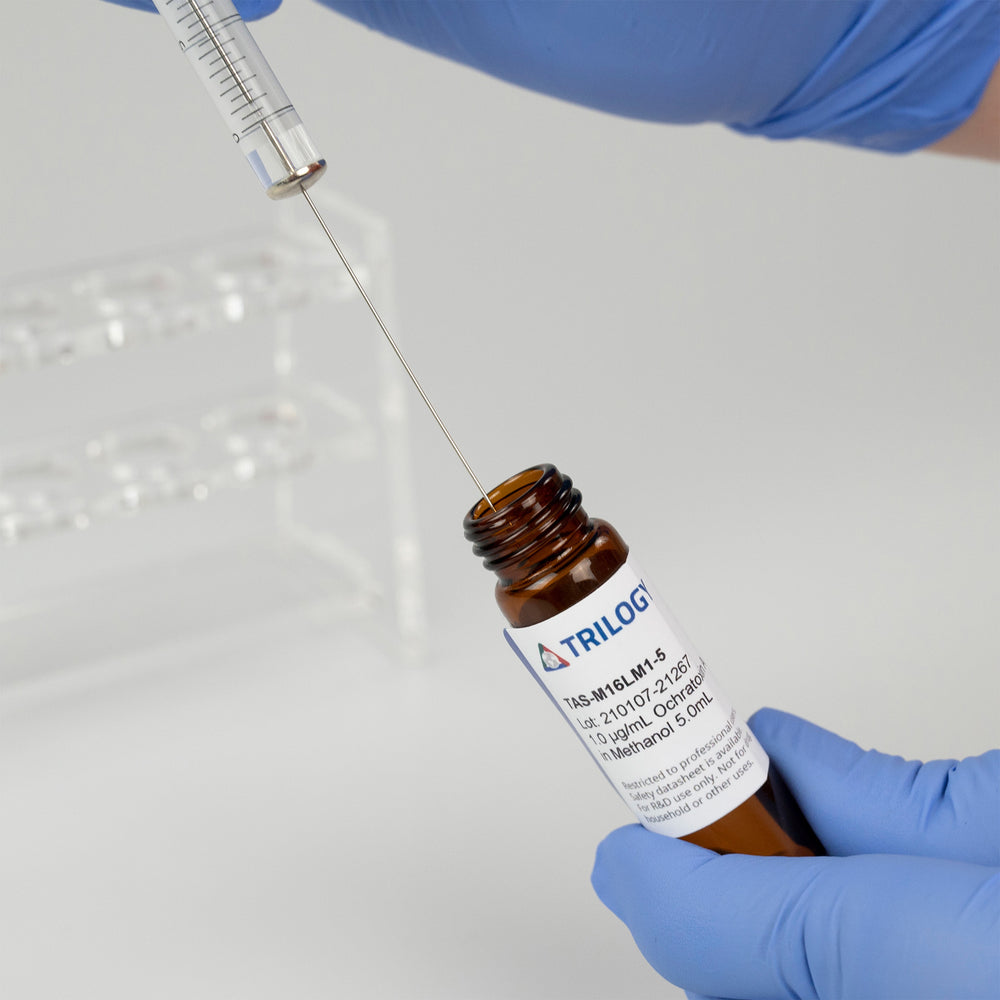Mycotoxin Pre-Harvest Outlook for 2017
Carrie Maune
May 10, 2017

Increased Potential for Fusarium Contamination
Although it is too early to pinpoint specific mycotoxin risk for the Harvest of 2017, it is not too early to begin looking at potential factors affecting this year’s winter wheat and corn harvest. With much of the Midwestern US hit with substantial rain in late April and early May, the potential for Fusarium contamination is increased.


2017 Midwest US Agricultural Fields Flooded
An effective tool for predicting potential problems is the Fusarium Risk Assessment Tool. This tool uses specific flowering dates along with detailed weather information to provide a visual prediction map that can be viewed regionally or in detail at the county level.
Mycotoxin Risk in Wheat
Winter Wheat is most susceptible to Fusarium infection when wet and cool conditions occur during the flowering growth stage. This leads to potential DON (Vomitoxin) contamination at harvest. During these periods of heavy rain and increased humidity, these crops continue to mature around the heads which increases the potential of Fusarium contamination substantially.
Spring Wheat is also being affected by the heavy rainfall. Delayed planting will also bring different than usual weather conditions for the wheat during maturation. If these areas also see humid conditions during the growth cycle, we can expect to see an increase in DON (Vomitoxin) contamination.
Mycotoxin Risk in Corn
Some corn has been planted for weeks, however planting was still in full swing in most states in early May. Weather systems that brought rain and flooding across the Midwest will put the remaining planting season behind. Many areas will require re-planting in those areas washed out by heavy downpours or floods. A long planting season may also create a wide window for corn maturation. This results in different weather conditions during critical development. In past years when this occurred, a variety of mycotoxins showed up in the harvest. It is not unusual to find three different toxins in the corn harvest when this happens. Hot and dry conditions in Kansas can produce Aflatoxin in corn that experienced a late planting season, where corn out of Ohio may have DON contamination on an early planted field that experienced wet conditions during flowering. Checking weather patterns during susceptible times can help.
Use testing resources wisely.
This wide range of planting dates and variety of toxin contamination can lead to multiple toxins being found in the final co-mingled crop. The US Drought Monitor as well as the maps and forecast tools on the NOAA website are great resources to utilize.
Harvest 2017 is weeks away and is certainly a wild card. Gathering information with the tools available is a way to prepare now.
Don’t forget, while visual signs of Fusarium damage can be indicators of potential Vomitoxin contamination, the only way to determine actual toxin levels is with analytical testing.
About Trilogy
Trilogy is a food and feed safety laboratory specializing in mycotoxins, mycotoxin binder analysis, biogenic amines and animal drug residue testing. Trilogy Analytical Laboratory opened its doors in 1999 when its founders recognized a need in the mycotoxin industry for quick result turn-around utilizing reliable reference methods provided in an analytical setting. One of the main pillars of Trilogy’s strategy is to operate using a comprehensive quality program that we can rely on to ensure performance parameters are met every single time. From this philosophy the Trilogy line of quality products was born with the mycotoxin industry in mind.
Media Contact: Lynette Hischier, l.hischier@trilogylab.com






